Cap 500
Species: Capsicum eximium | Origin: Bolivia | Pungency: Medium
Cap 500 is a member of the Capsicum eximium species, which is a wild species belonging to the capsicum pubescens complex and comes from the Andean region of South America. The flowers of the C. eximium species can either be bell-shaped or flat and are normally purple, but some white flowering populations also exist. The fruits of C. eximium are sometimes harvested and used as a spice in Bolivia, where they are known as 'Ulupica'.
Germination of Cap 500 seeds can be slow and irregular and can sometimes take up to two months. After six weeks, none of the seeds I'd sown in the first batch had germinated, so I sowed a second batch and the first seed germinated after eight days. Oddly enough, by that time one of the seeds I'd sown in the first batch had also germinated. However, due to space limitations I could only grow one plant, and so I only kept the first seedling that germinated in the second batch.
Cap 500 plants grow quite tall and have a sprawling, gangly growth habit with some lateral branching coming from the base of the main stem. The branches are quite thin and flexible, and sometimes long and twisty. The leaves are slightly elongated, and on young plants some can grow quite large, but as the plants mature they produce smaller leaves. Both the leaves and stems are slightly pubescent on young plants, but this becomes much less noticeable as they mature.
The attractive, five-petalled, tri-coloured flowers (up to four per node) have a purple corolla with a bright green and white centre, and each flower has 5–6 long calyx teeth. The small, spherical-shaped, pea-sized chillies start green and ripen through brown with a slight orange coloured hue, bright red and then to dark red once fully mature. Immature fruit doesn't have much flavour and is of medium heat. Ripe fruit has a slight bitterness and is also of medium heat. The heat is quite short-lived and seems to linger mostly on the tip of the tongue. I also detected a very slight sweetness on fully ripe fruit, but nothing really significant. When fully ripe, the fruit falls away from the calyx very easily (deciduous) and is soft and juicy.
The plant shown below spent the first part of the growing season living outside in the garden in a 7-litre pot. Unfortunately, it became a beacon for insects and they eventually caused considerable damage to the foliage and delicate new growing tips. For this reason, I re-potted it into a 5-litre pot, treated it with bug killer and moved it indoors. After a couple of weeks, it recuperated and went on to become a nice healthy plant that produced a reasonable amount of chillies. Due to the pot size, it didn't grow as large as it could have done, which is just as well really given my limited amount of growing space!
Page published on: 3rd February 2024
Cap 500 is a member of the Capsicum eximium species, which is a wild species belonging to the capsicum pubescens complex and comes from the Andean region of South America. The flowers of the C. eximium species can either be bell-shaped or flat and are normally purple, but some white flowering populations also exist. The fruits of C. eximium are sometimes harvested and used as a spice in Bolivia, where they are known as 'Ulupica'.
Germination of Cap 500 seeds can be slow and irregular and can sometimes take up to two months. After six weeks, none of the seeds I'd sown in the first batch had germinated, so I sowed a second batch and the first seed germinated after eight days. Oddly enough, by that time one of the seeds I'd sown in the first batch had also germinated. However, due to space limitations I could only grow one plant, and so I only kept the first seedling that germinated in the second batch.
Cap 500 plants grow quite tall and have a sprawling, gangly growth habit with some lateral branching coming from the base of the main stem. The branches are quite thin and flexible, and sometimes long and twisty. The leaves are slightly elongated, and on young plants some can grow quite large, but as the plants mature they produce smaller leaves. Both the leaves and stems are slightly pubescent on young plants, but this becomes much less noticeable as they mature.
The attractive, five-petalled, tri-coloured flowers (up to four per node) have a purple corolla with a bright green and white centre, and each flower has 5–6 long calyx teeth. The small, spherical-shaped, pea-sized chillies start green and ripen through brown with a slight orange coloured hue, bright red and then to dark red once fully mature. Immature fruit doesn't have much flavour and is of medium heat. Ripe fruit has a slight bitterness and is also of medium heat. The heat is quite short-lived and seems to linger mostly on the tip of the tongue. I also detected a very slight sweetness on fully ripe fruit, but nothing really significant. When fully ripe, the fruit falls away from the calyx very easily (deciduous) and is soft and juicy.
The plant shown below spent the first part of the growing season living outside in the garden in a 7-litre pot. Unfortunately, it became a beacon for insects and they eventually caused considerable damage to the foliage and delicate new growing tips. For this reason, I re-potted it into a 5-litre pot, treated it with bug killer and moved it indoors. After a couple of weeks, it recuperated and went on to become a nice healthy plant that produced a reasonable amount of chillies. Due to the pot size, it didn't grow as large as it could have done, which is just as well really given my limited amount of growing space!
Page published on: 3rd February 2024
 |
| Cap 500 - 16th March 2023 |
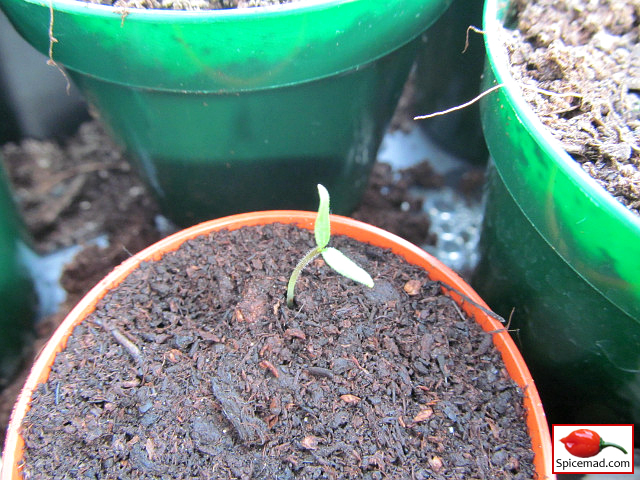 |
| Cap 500 - 17th March 2023 |
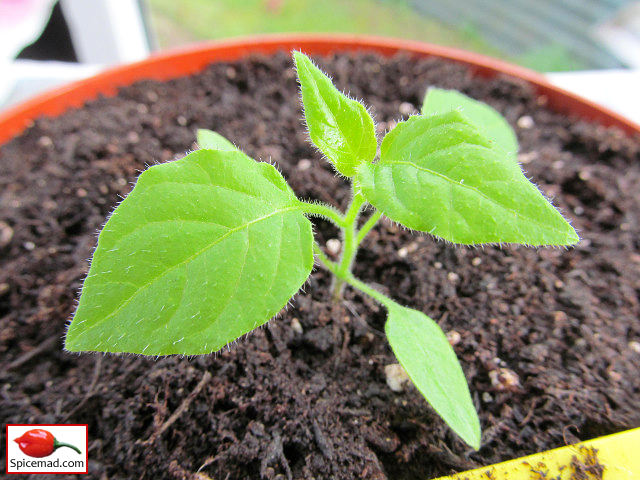 |
| Cap 500 - 13th April 2023 |
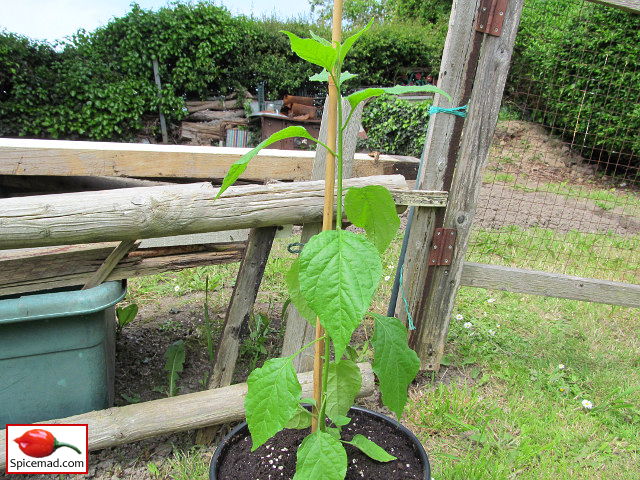 |
| Cap 500 - 18th May 2023 |
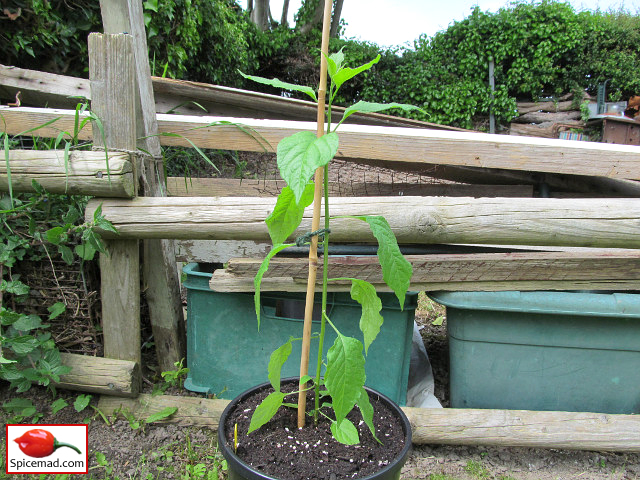 |
| Cap 500 - 18th May 2023 |
 |
| Cap 500 - 18th May 2023 |
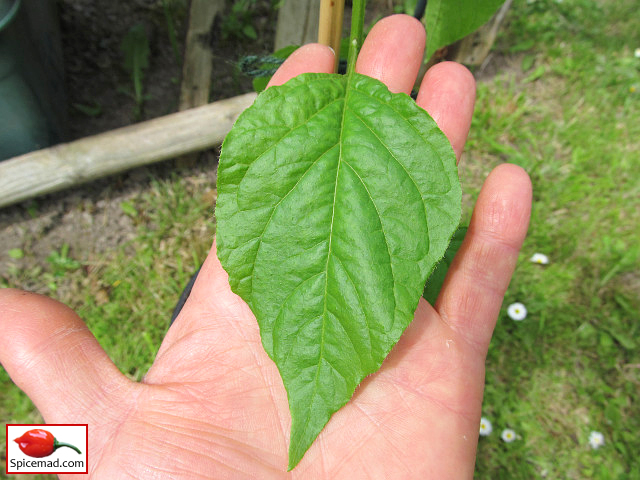 |
| Cap 500 - 18th May 2023 |
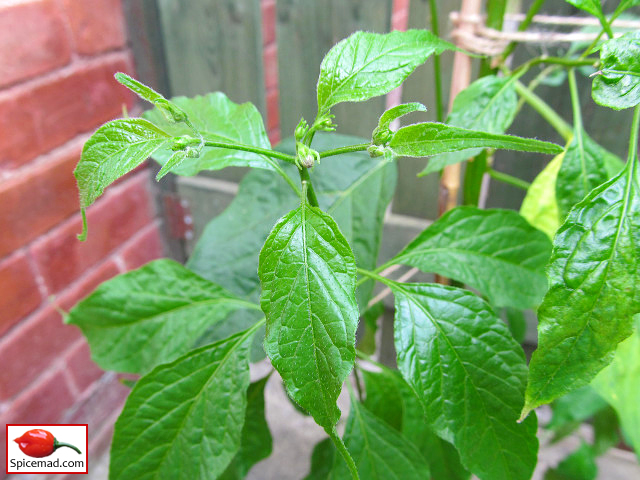 |
| Cap 500 - 28th July 2023 |
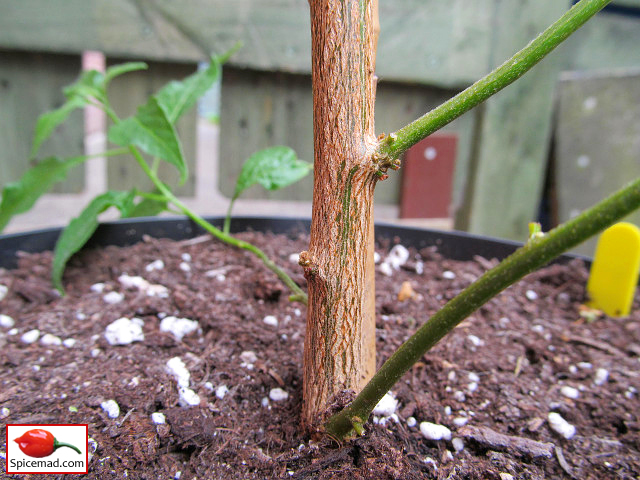 |
| Cap 500 - 28th July 2023 |
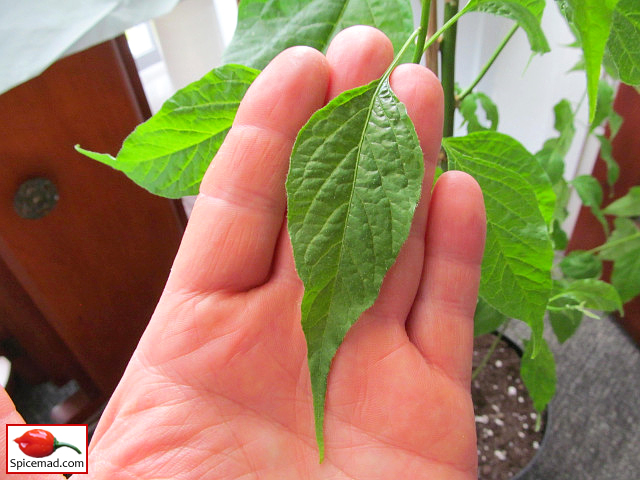 |
| Cap 500 - 30th July 2023 |
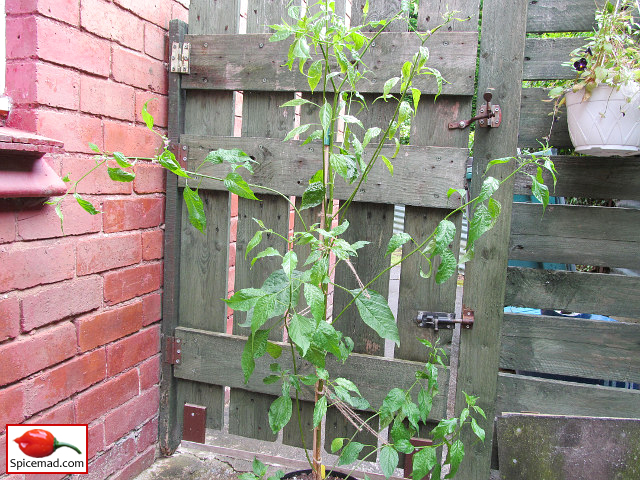 |
| Cap 500 - 31st July 2023 |
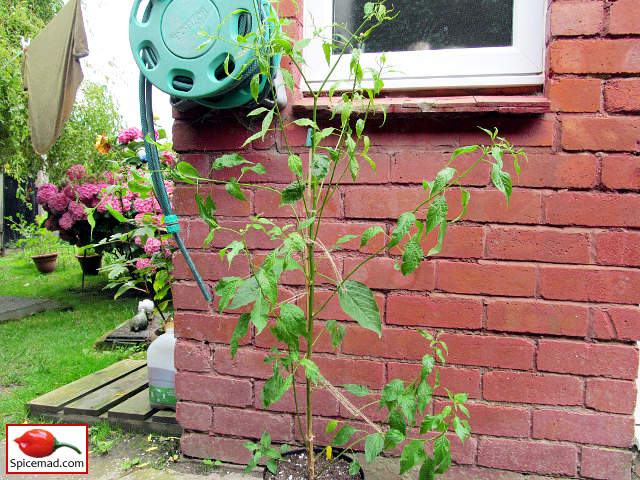 |
| Cap 500 - 31st July 2023 |
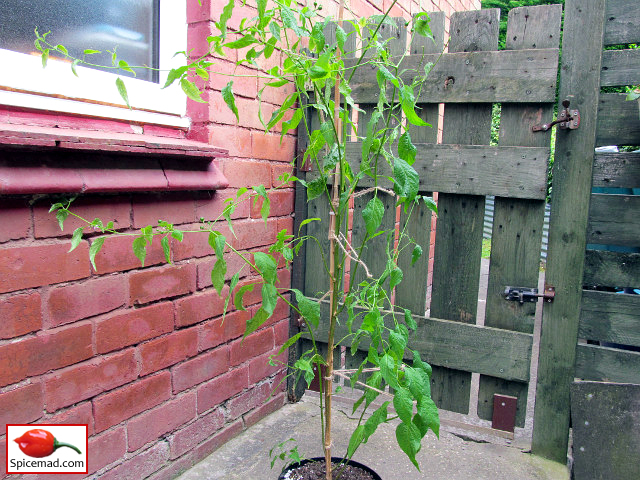 |
| Cap 500 - 1st September 2023 |
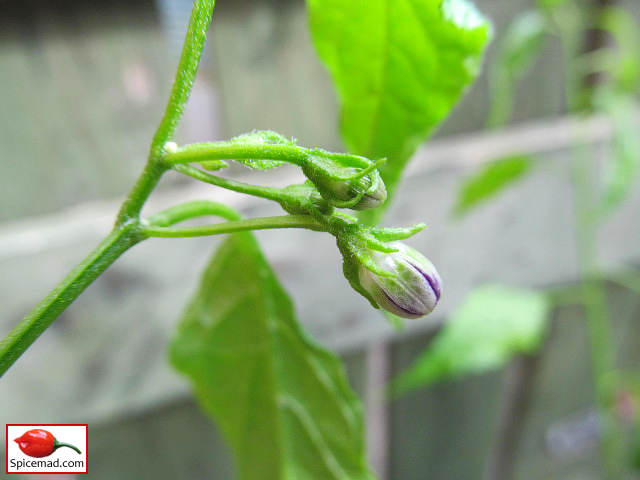 |
| Cap 500 Flower Buds - 28th July 2023 |
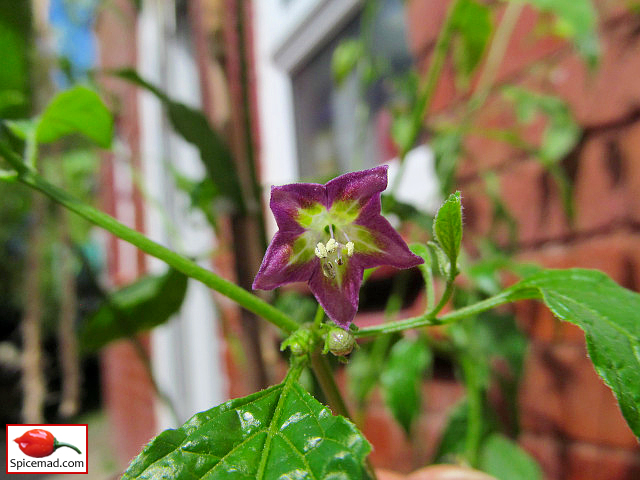 |
| Cap 500 Flower - 9th August 2023 |
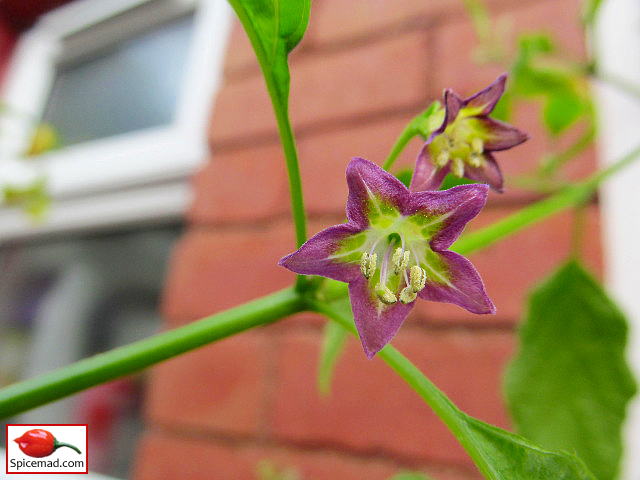 |
| Cap 500 Flower - 9th August 2023 |
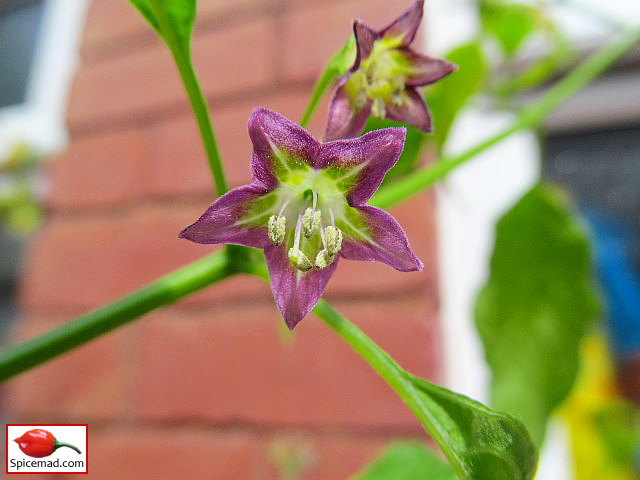 |
| Cap 500 Flower - 9th August 2023 |
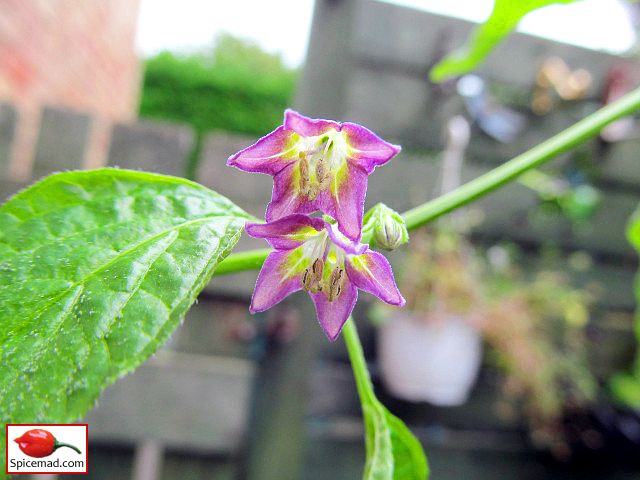 |
| Cap 500 Flowers - 1st September 2023 |
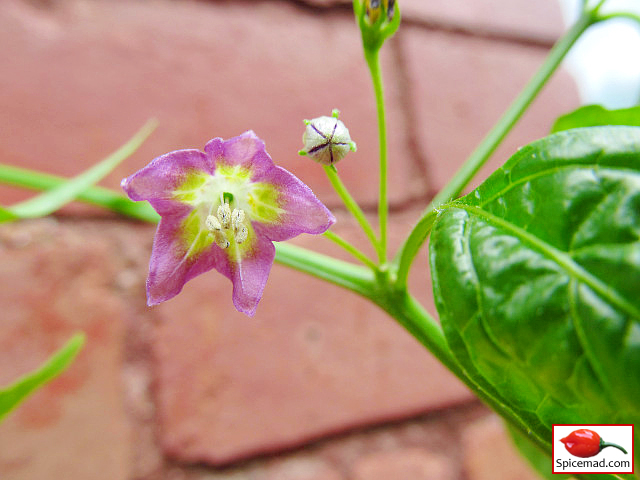 |
| Cap 500 Flower - 31st July 2023 |
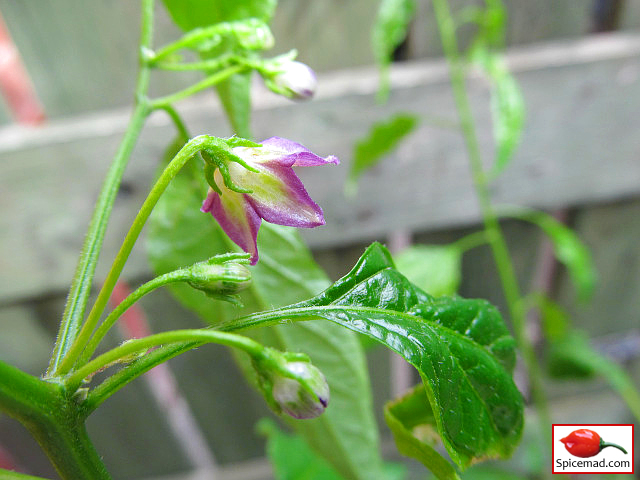 |
| Cap 500 Flower - 2th July 2023 |
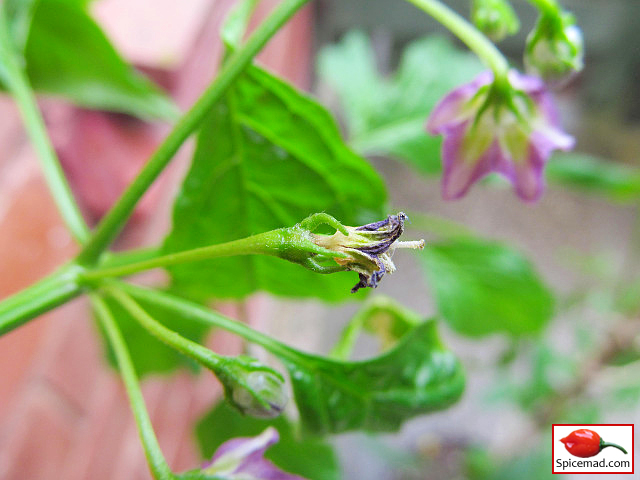 |
| Cap 500 - 31st July 2023 |
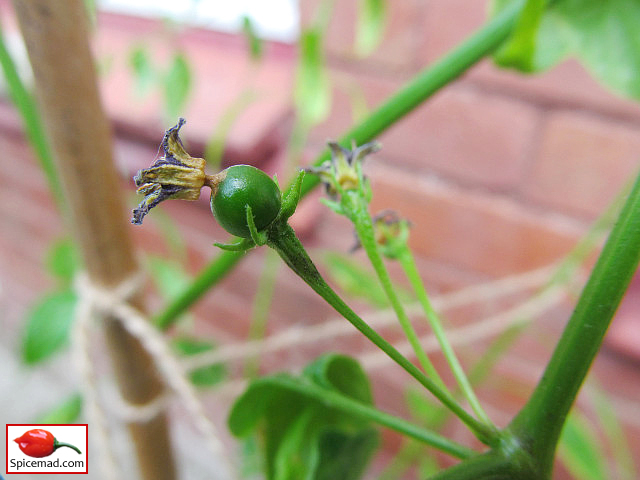 |
| Cap 500 - 9th August 2023 |
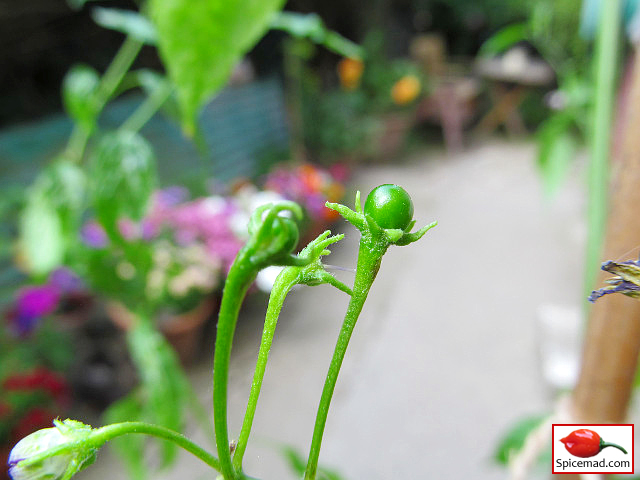 |
| Cap 500 - 9th August 2023 |
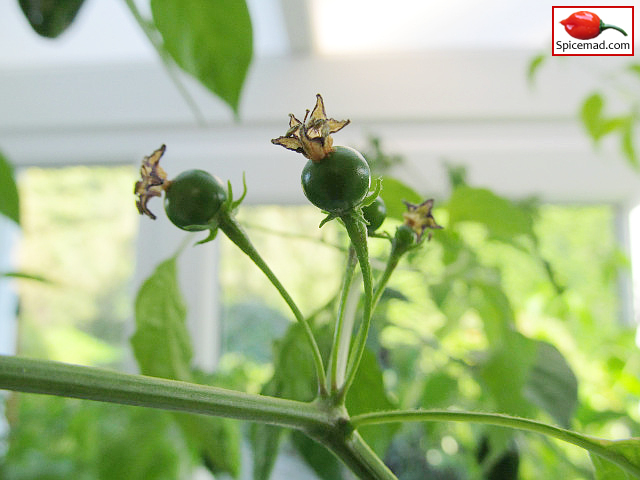 |
| Cap 500 - 24th August 2023 |
 |
| Cap 500 - 24th August 2023 |
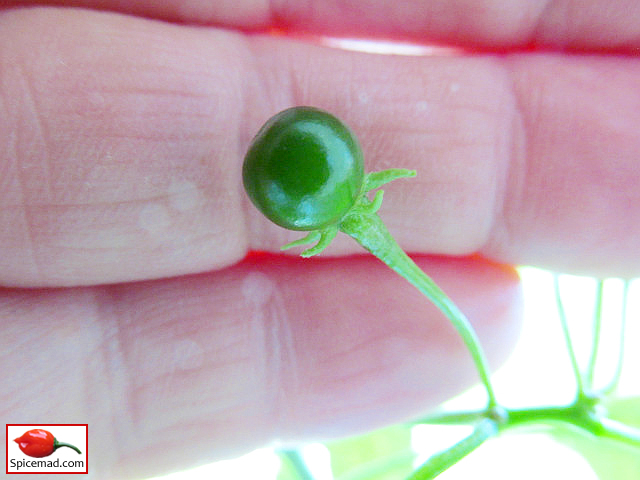 |
| Cap 500 - 24th August 2023 |
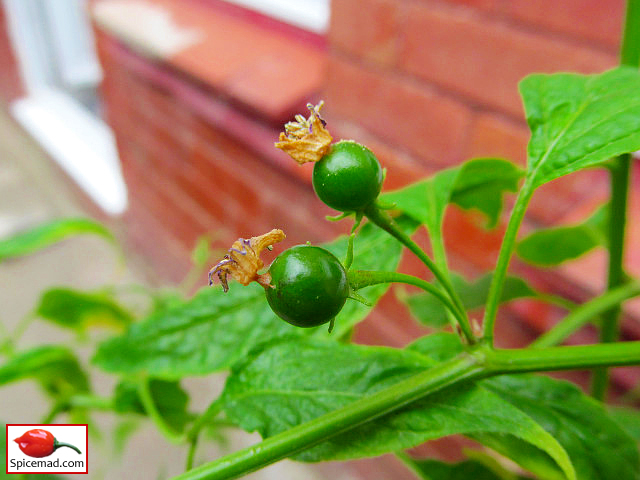 |
| Cap 500 - 1st September 2023 |
 |
| Cap 500 - 1st September 2023 |
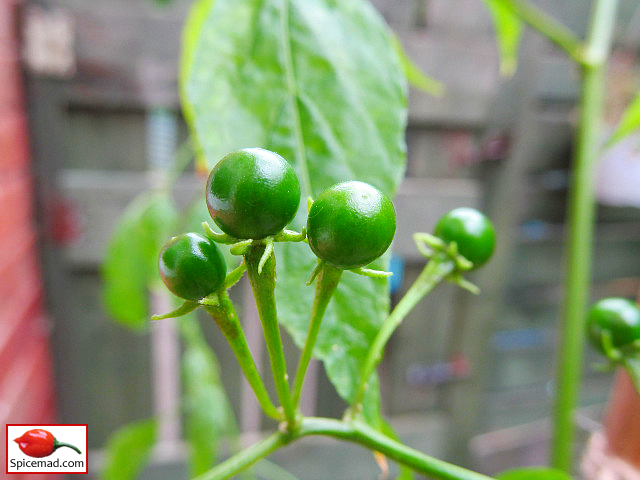 |
| Cap 500 - 1st September 2023 |
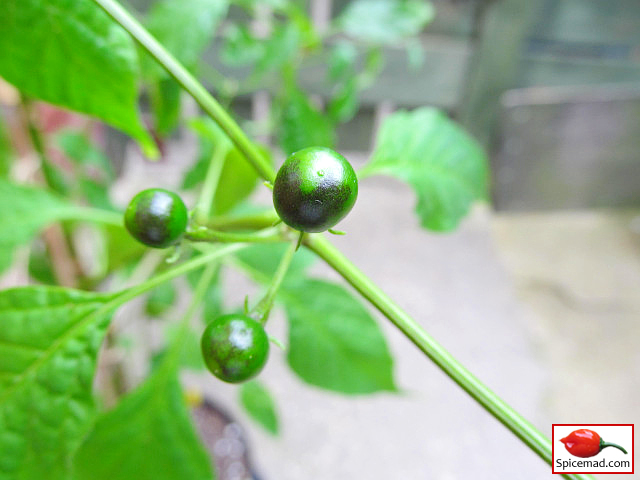 |
| Cap 500 - 1st September 2023 |
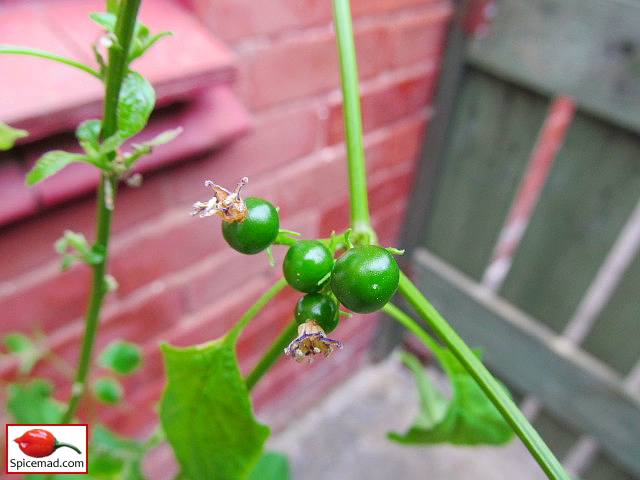 |
| Cap 500 - 1st September 2023 |
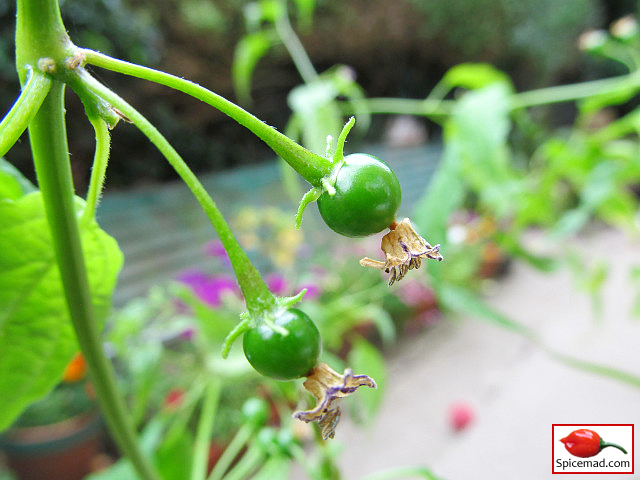 |
| Cap 500 - 1st September 2023 |
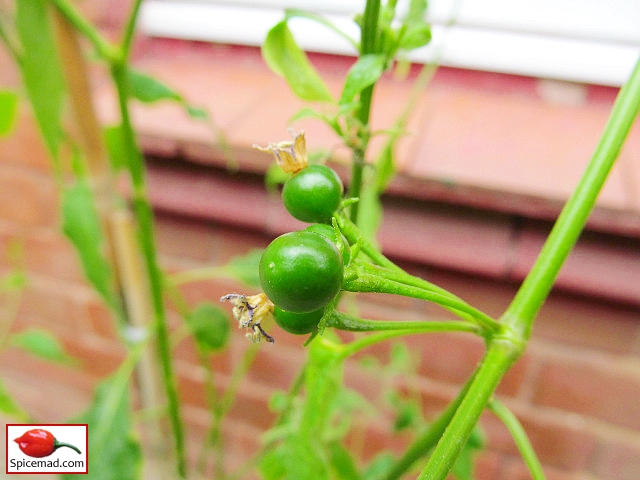 |
| Cap 500 - 1st September 2023 |
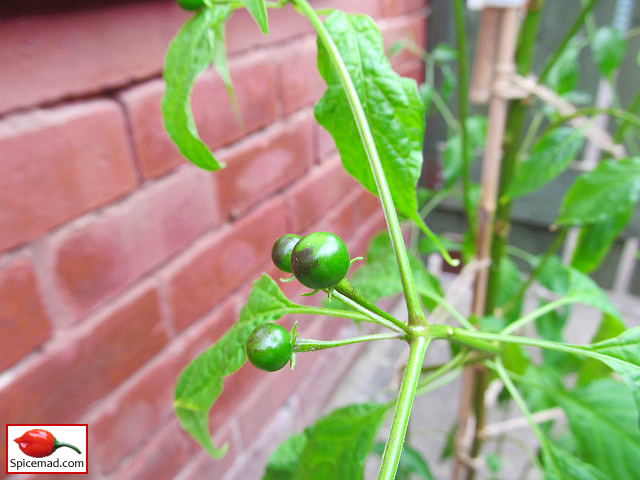 |
| Cap 500 - 1st September 2023 |
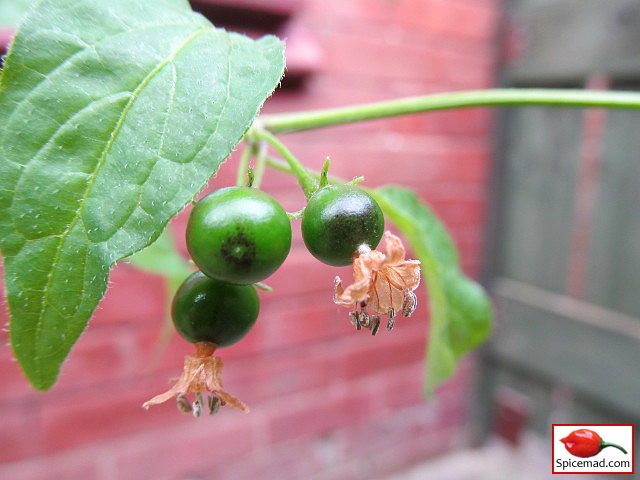 |
| Cap 500 - 28th September 2023 |
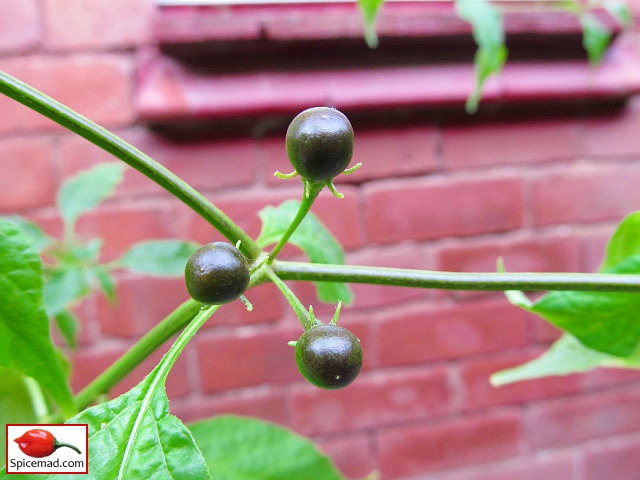 |
| Cap 500 - 28th September 2023 |
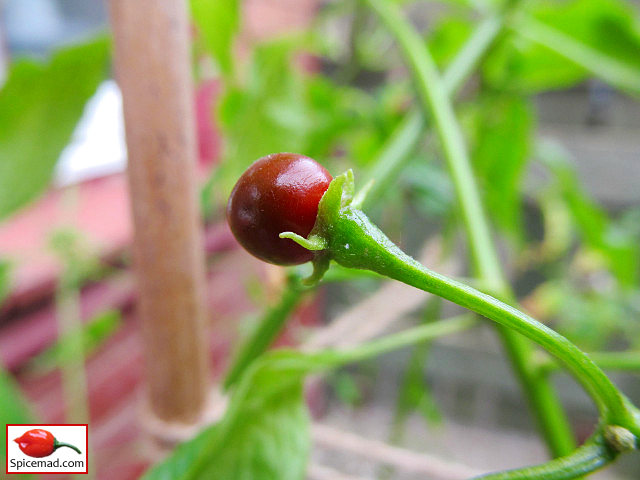 |
| Cap 500 - 28th September 2023 |
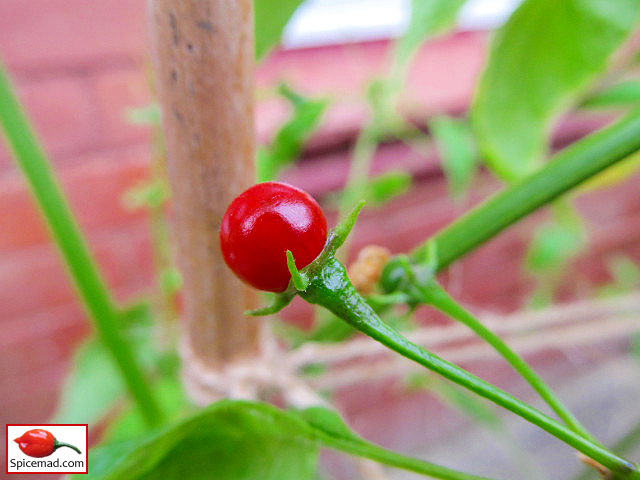 |
| Cap 500 - 28th September 2023 |
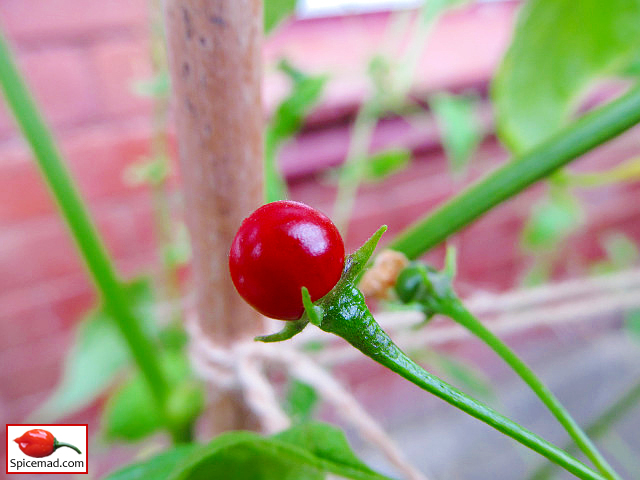 |
| Cap 500 - 28th September 2023 |
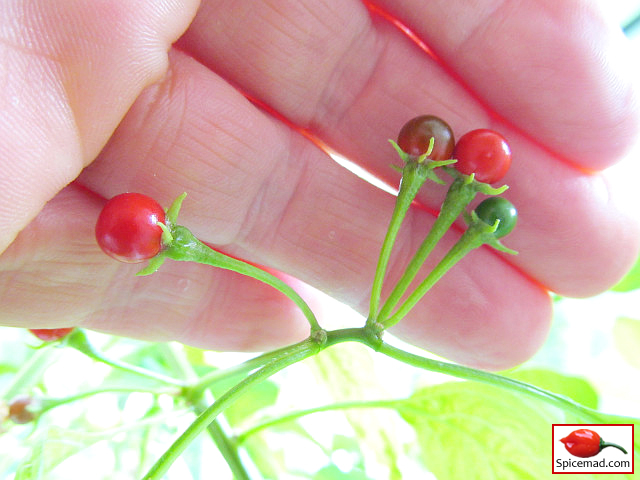 |
| Cap 500 - 3rd October 2023 |
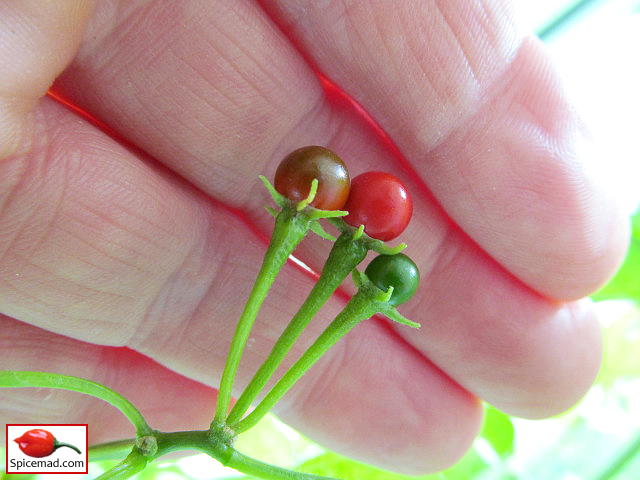 |
| Cap 500 - 3rd October 2023 |
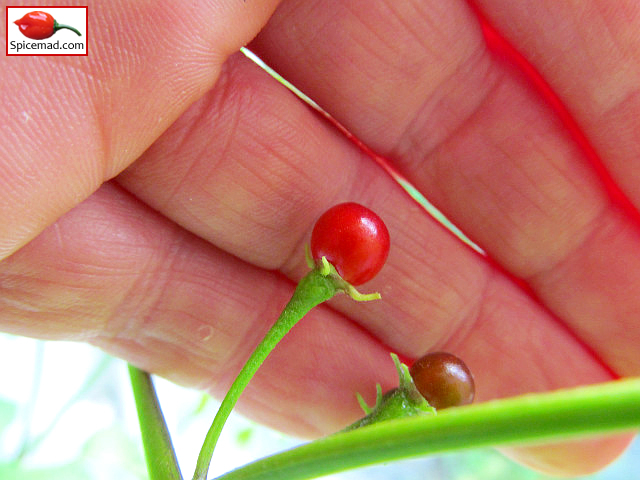 |
| Cap 500 - 3rd October 2023 |
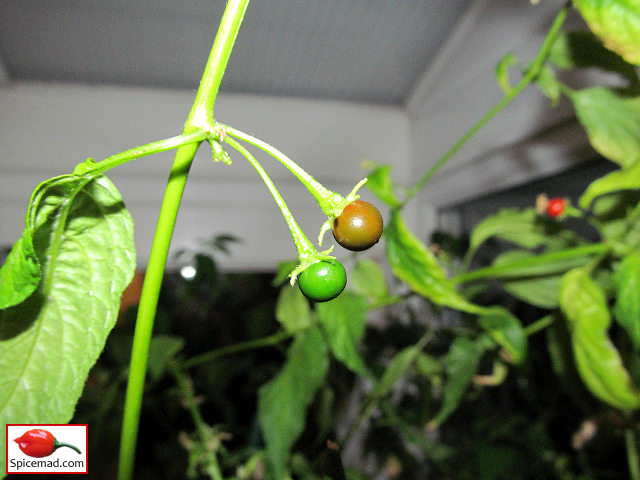 |
| Cap 500 - 8th October 2023 |
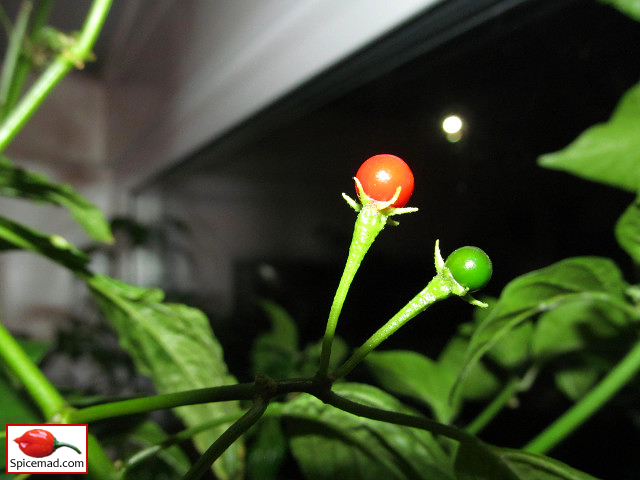 |
| Cap 500 - 8th October 2023 |
 |
| Cap 500 - 3rd October 2023 |
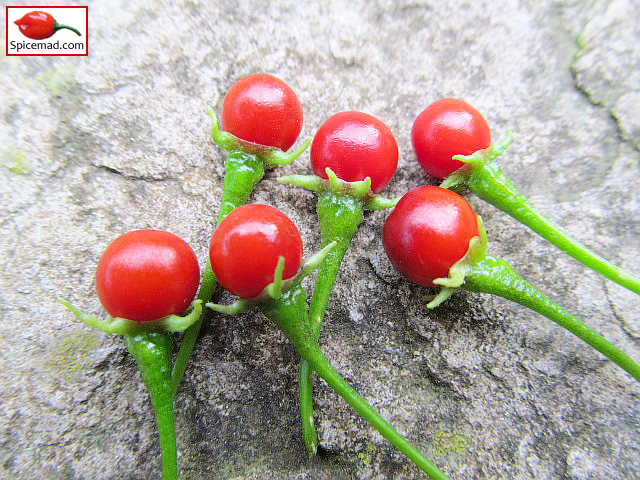 |
| Cap 500 - 3rd October 2023 |
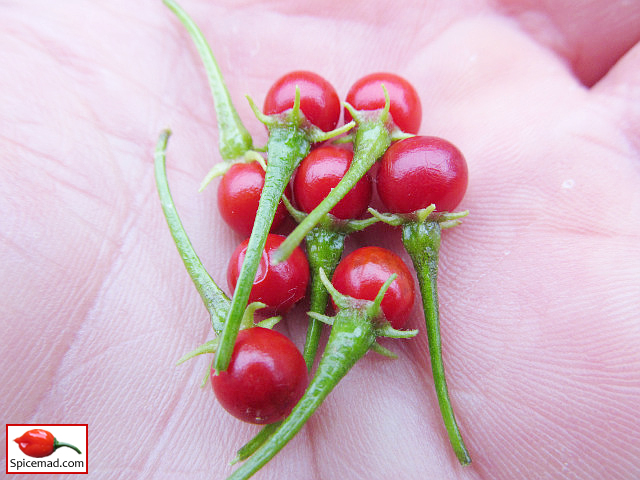 |
| Cap 500 - 11th October 2023 |
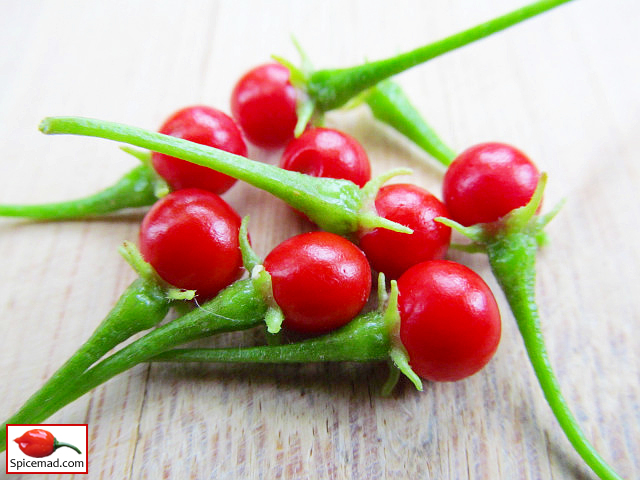 |
| Cap 500 - 11th October 2023 |
